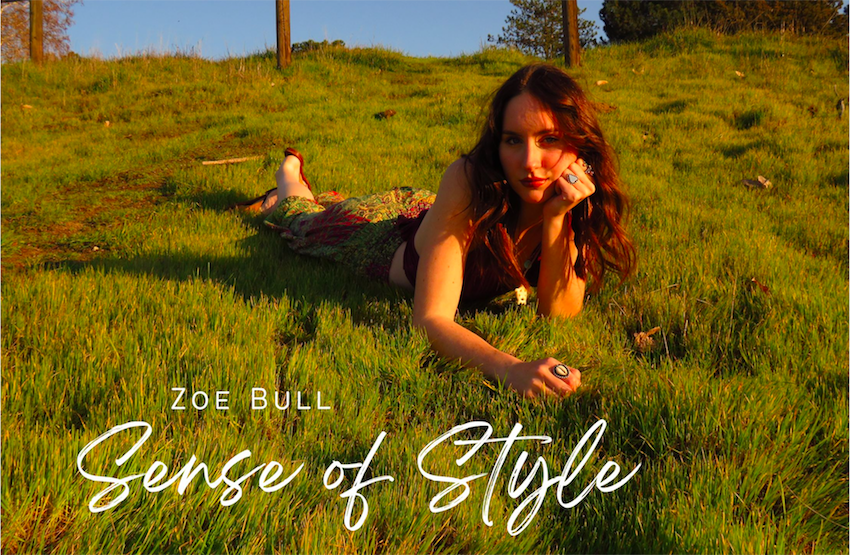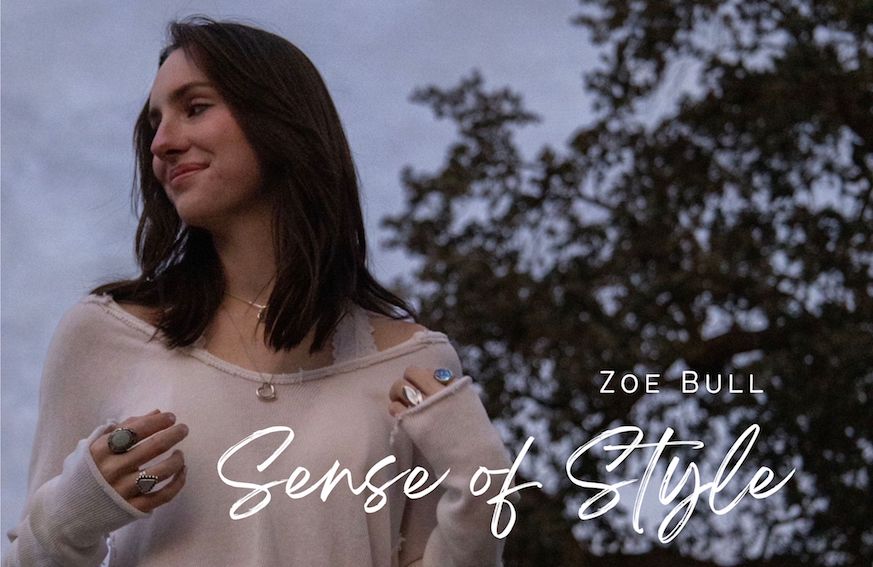[media-credit name=”Courtesy of impawards.com” link=”http://www.impawards.com/” align=”alignright” width=”200″] [/media-credit]
[/media-credit]
People like to complain about CGI effects. Common complaints include “it detracts from immersion”, “it just isn’t the same as doing it in real life”, or something along the lines of “it feels like cheating”. Practical effects is what every movie should have instead. Right?
…right?
Without CGI (which stands from computer-generated imagery) many beloved movies that rely heavily on visual effects wouldn’t be as good. Iron Man’s armor is generally done by CGI. Gollum from Lord of the Rings was made by taking the motion capture of Andy Serkis and modeling the computer-generated Gollum to his movements and expressions. Mad Max: Fury Road, which was praised for a lot of it’s practical effects, also relied on CGI to enhance the visual effects. Actually, one thing all these have in common? They’re a blend of practical, real-life things, and CGI.
So why do people like to claim that CGI is bad? Because when people say they don’t like CG, they mean they don’t like bad CG. We all love good practical effects, and we all love good CG. Sometimes we love it when it’s bad too, because sometimes bad just makes it cheesy and endearing.
When people (and me too sometimes, I’m not guiltless here) say they don’t like CG, I think they really mean they love really good visual effects. Examples include the dinosaurs from Jurassic Park, or the Orcs from the Lord of the Rings. Thing is, people don’t usually complain about good CG either. Because it’s good, and it isn’t distracting
[media-credit name=”Courtesy of impawards.com” link=”http://www.impawards.com/” align=”alignleft” width=”200″] [/media-credit]
[/media-credit]
More often than not, good VFX is a coupling of practical and CG together. The practical, whether it be a person acting for motion capture or some real fire and flames, blends with the CG, giving it real life grounds that makes it more believable. And sometimes CG makes up things that we wouldn’t necessarily find believable, like Orcs, or aliens, but it’s grounded enough, real enough, that we accept it. Part of going to see a fiction is accepting that what you’re seeing is real to the story’s universe, and so, if you immerse yourself, it’s real in that moment too. Grounding CG in even just a little bit of practical is the way to go.
Terminator 2: Judgement Day comes to mind. Hailed for it’s visual effects of the liquid terminator that helped pioneer special effects, it also boasted practical as much as it could. When the liquid terminator took on the form of another person, they usually shot with identical twins. That way, two people were really in the shot, instead of one person being added in with computers. Even when it took the form of Sarah Connor, Linda Hamilton’s twin sister stepped in for the shots with them both in the frame. (Pretty lucky for the crew that she has a twin!)
So…when someone says they hate CGI, they probably mean they don’t like bad VFX. Part of good special effects is using what you have. So effects tend to thrive when they’re rooted as much as possible in real life, and built upon with computers. We have the technology. And if the filmmaker is patient (and has the money), they have the time for practical too! So next time you start to complain about CG, consider that you might mean you just don’t like the movie’s effects.
Also, before I rap this up, I’d like to link to RocketJump Film School’s video “Why CG Sucks (Except it Doesn’t)“. It’s a great video, and states a lot of my opinion (and perhaps more eloquently than I did). So if this is a topic that interests you, definitely check it out!
This writer can be reached via email, [email protected] or via Twitter, @ejladd.
To read more from Frame Rate, check out Frame Rate: Writing from expereince



